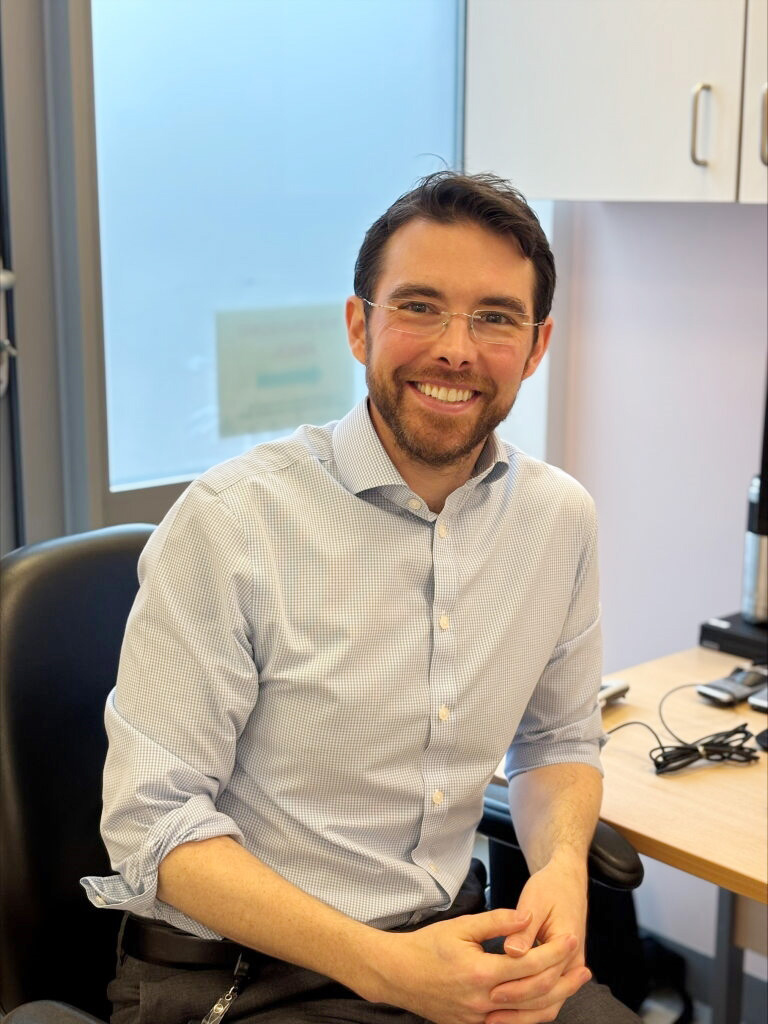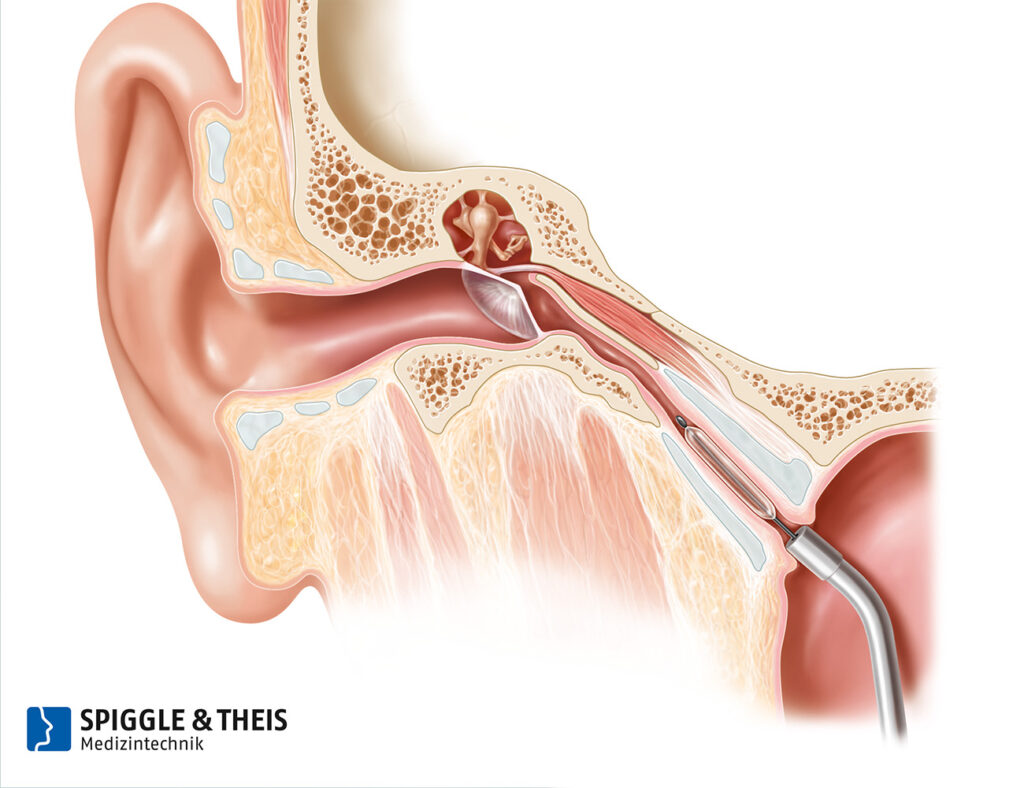Eight-year-old Kayah Tulip from Cramlington is believed to be one of the first children in the North East to have a minimally invasive procedure – known as a balloon eustachian tuboplasty – for the treatment of glue ear.

Glue ear occurs when the eustachian tube (a tube that connects the middle ear to the back of the nose) does not work correctly. This tube naturally opens and closes to relieve pressure and prevent fluid collecting behind the ear drum.
For patients with glue ear, this happens less frequently or not at all and can lead to hearing loss.

Treatment for glue ear usually involves insertion of grommets, but the use of this minimally invasive procedure is paving the way as an alternative, as consultant paediatric ENT surgeon at Newcastle Hospitals, Mr Jason Powell explains:
“When the eustachian tube does not work properly, this can lead to symptoms such as fullness in the ear, discomfort, popping or clicking, and importantly hearing loss.
“We can insert grommets into the ear to temporarily prevent this, but this only helps the problem for 6-12 months. Alternatively, we can also provide a hearing aid. But these interventions do not cure the cause of the problem.
“Some children can end up with multiple sets of grommets which can cause other long-term problems with the ears.”
Kayah started to experience problems with her hearing when she was a few years old and since she was 3, has had multiple sets of grommets inserted into her ears which have only temporarily resolved the problem.
Mum Lindsay said: “The grommets never stay in her ears long. In 2023 she had to have two sets in the same year. One will come out of one ear quicker, and you can instantly tell her hearing still isn’t great.”
Following multiple general anaesthetic procedures to fit grommets, Kayah was given the opportunity to be one of the first patients in the region to have a balloon eustachian tube procedure.

The procedure uses a deflated balloon catheter which is guided up the nostril and into the back of the nose.
A small camera is also passed up the nose to guide the balloon catheter into the opening of the eustachian tube. Using water, the balloon is inflated and kept in place for a couple of minutes before being deflated and removed.
This stretches the eustachian tube to encourage a return to the natural mechanism of opening and closing.
“The balloon stretches the tube making it function better,” added Mr Powell.
“With a similar recovery to grommets, children can experience relief from their symptoms after the procedure. As the fluid starts to clear, hearing improves over a few weeks. Importantly for most children this procedure is a permanent fix for their ears.
“As we gain more understanding and evidence, this may change how we treat glue ear in children in the future.”
Now 4-months on, Kayah is starting to see the benefits of the procedure.
Lindsay added: “I had to make Kayah understand that this would not be an immediate fix like with the grommets. I always know a procedure has worked by doing the whisper test. I start to quieten my voice to test her hearing and whisper in her ear. I was overjoyed she was able to hear me.
“We’ve seen a marked improvement in her right ear which is evident in her hearing tests. Her left ear needs a little longer to clear, but we hope it will improve further over the next few weeks.”
